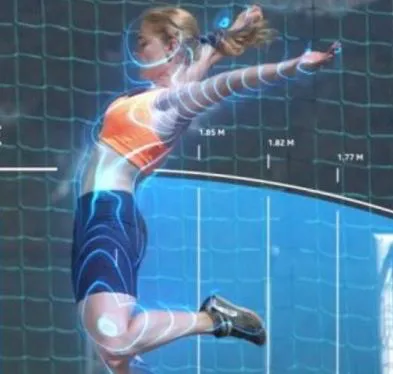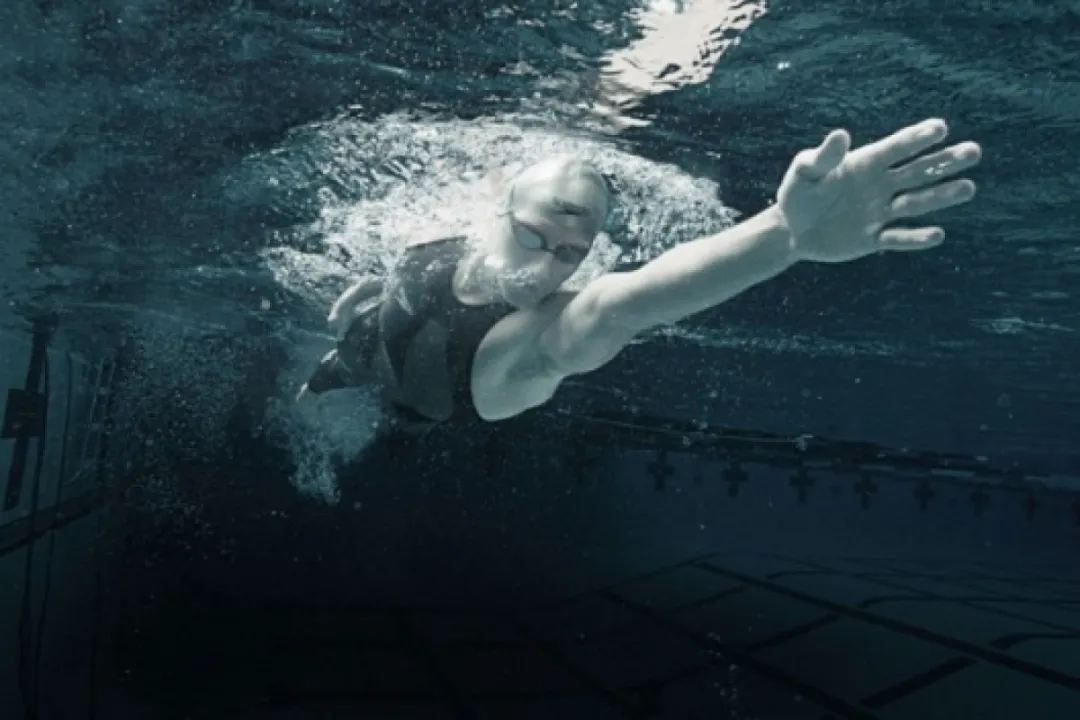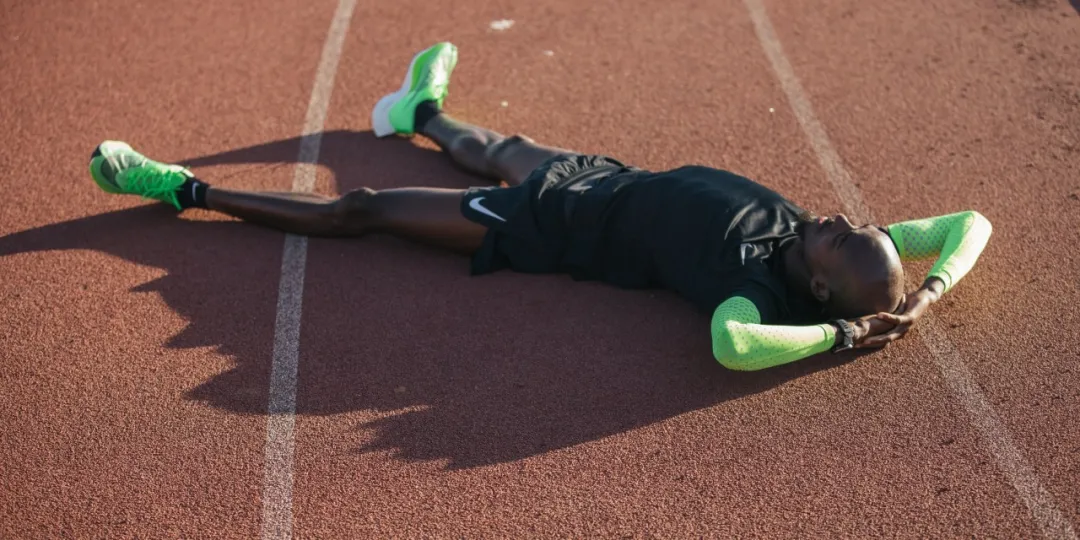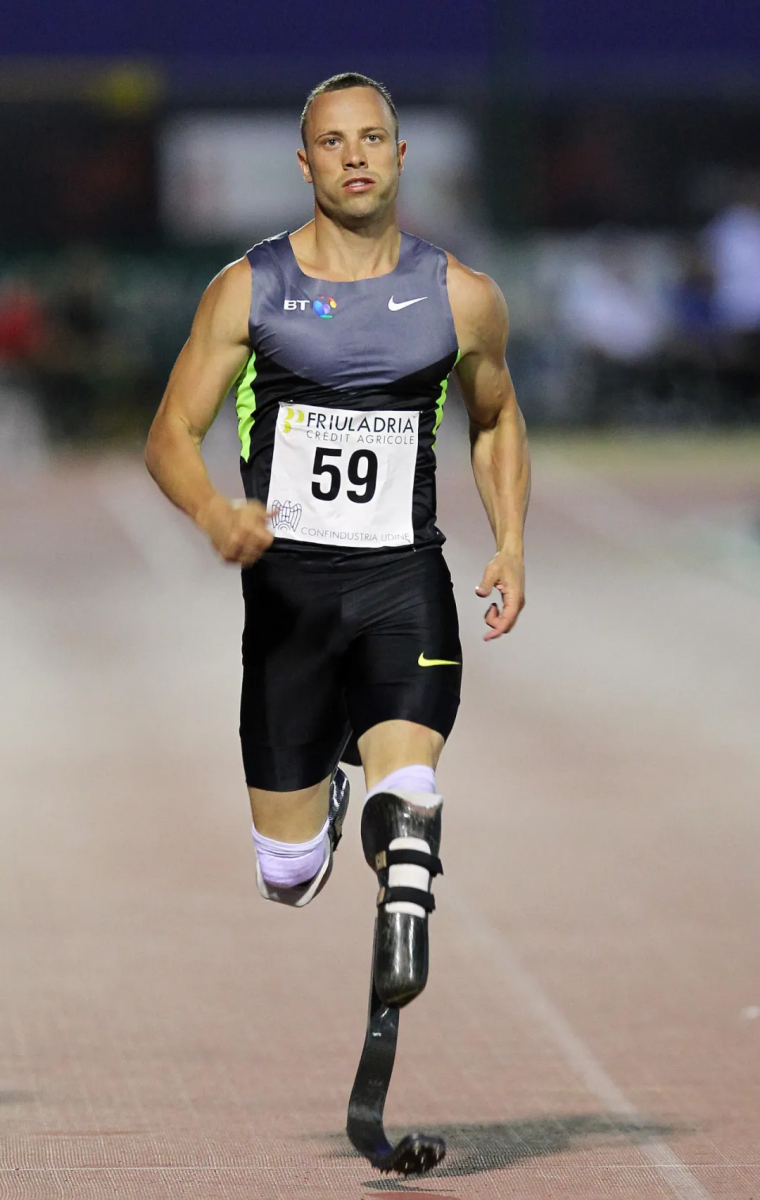Olympic Games and Technology inventions
Source: Baidu
The 2021 Tokyo Olympic Games have just started, and China is already at the top of the ranking with 15 medals (6 gold, 3 silver and 6 bronze when writing this article).
Technology inventions have huge impact on the sport world, both for the training and for the analysis of the performances.
Take, for instance, swimming. Training technology like underwater cameras measuring form or biomarkers monitoring physiological performance are considered “normal”, while instrumented starting blocks and high speed video cameras are used to measure the forces and movements of a swimmer during a start of the race.
For the 2012 Games, the BBC’s R&D team and Red Bee Media developed an automatic analysis tool for live diving events. The system could examine video of a dive frame-by-frame and measure the size of the splash and the angle of the diver’s entry to the water, displaying these results on-screen.
One of the most important tech developments in tennis has been the Hawk-Eye, a means of electronic line-judging first used at the top levels of the sport at the US Open in 2006 and then at the Olympic Games in 2008, 2012 and 2016.

Source: Baidu
Hawk-Eye uses a network of on-court cameras to track the trajectory of the ball and uses modelling techniques to predict where it lands on the court, allowing officials to detect whether the ball is in or out of the court to a high degree of accuracy.

Source: Baidu
The same happens in archery, with sophisticated systems able to accurately measure where an arrow has pierced the target, or in football, with an invention that install a chip into the football so it can be accurately picked up by sensors installed in the goalposts and crossbar, telling when the ball has completely crossed the line. This technology has already been rolled out in a number of international leagues and tournaments, including Euro 2016 and Olympics 2016.
But when it comes to “wearable technology”, things are different.
As known, the high levels performances of the athletes come from strong discipline, hard work and years of dedication. Passion is what lead the most part of sport athletes. But if sometimes also luck can help to achieve some results, what in the last few years became clear is that technology can make the difference.
From special fiber for swimsuits to specific shoes for running, from biomechanics and data analysis to video recording and augmented reality, all the athletes are using different technologies to improve their performance, not only during the preparation but also during the Games.
One of the obvious benefits of wearable tech is its ability to provide information that wasn’t previously available. For example, force-sensing resistors placed in shoes, ski boots or bike pedals can provide a continuous stream of data for entire training sessions.
Source: Baidu
As reported by The South China Morning Post, in Tokyo, Chinese tech giant Alibaba Group and US chip maker Intel partnered to run a 3D athlete tracking system that allows coaches to probe into every minute movement of their Olympic athletes.
The system relies on artificial intelligence to understand the biomechanics of the movement of athletes captured by cameras and estimate the position of key body joints. With the system, coaches can adjust training methods based on the real-time information on their athlete’s form.
An olympic medal can change one’s life, so it’s understandable to use legal technology to reach the goal. “Legal” means, in this case, that the “wearable technology” used to increase the performance during the race has to follow strict regulations.
Source: Baidu
Take as example the LZR swimsuit (pronounced Laser), created for swimmers at the Beijing Olympics in 2008: Compressing the torso, while also adding extra buoyancy, competitors wearing the suit set 23 of 25 world records at the Beijing Olympics. After some analysis, they were considered to provide an unfair advantage by FINA, Fédération internationale de Natation (the international federation recognised by the International Olympic Committee for administering international competitions in water sports), which led to a ban of that kind of swimsuits.
Source: Baidu
Something similar happened to Nike and the Vaporfly shoes. In 2019, 31 of the 36 podium positions in the six world marathon majors were won by elite athletes wearing Vaporfly, as reported by the Guardian. We know that the kind of technology that the Vaporfly incorporates can give runners an advantage. A study published in 2018 demonstrated that such shoes were 4% more efficient than several of their competitors.
Even though banned from major competitions, however, Nike's ZoomX Vaporfly NEXT% and the Zoom Vaporfly 4% meets the guidelines of World Athletics' amended Technical Rules and can be used during the Tokyo Olympics. Not the same for the trainer Eliud Kipchoge wore to break the two-hour marathon record, which are still banned.
Technology is also important when extended to disabled athletes. During the 2016 Paralympics German athlete Denise Schindler has been the first cyclist to compete with a fully 3D-printed prosthetic leg, created in collaboration with software company Autodesk.
Source: Baidu
In 2008, South African Oscar Pistorius attempted to run in both the Paralympic and Olympic Games the same year while using a pair of composite prosthetic legs. These, like Kipchoge’s shoes, also raised concerns about the nature of and extent to which technology contributes toward helping athletes perform at their very best.
The influence of any new form of sports technology should still ensure that the sport remains fair and accessible to everyone. Technology is expensive, and some analysts underlined how the use of advanced sports technology has worsened inequality between well-funded teams and those from developing nations. For others, technological advancement could lower the participation rate of underprivileged athletes in the long term due to the costs of technologies. But despite the controversies surrounding accusations of “technological doping” and inequality, sports technology is now part of the sport itself and made its step into the Olympians in Tokyo.
While watching the Games, remember that technology regards not only athletes performance, in terms of data analytics, mental and physical health care and training and professional products, but also the experience of the Olympics by the fans: from innovations that draw on 5G platforms to artificial intelligence solutions, from immersive media to e-sports, technology is enhancing the Olympic Games Tokyo 2020 with new formats to break free from the traditional TV screen, such as immersive experience, entertainment, live streaming, online engagement and virtual reality.







